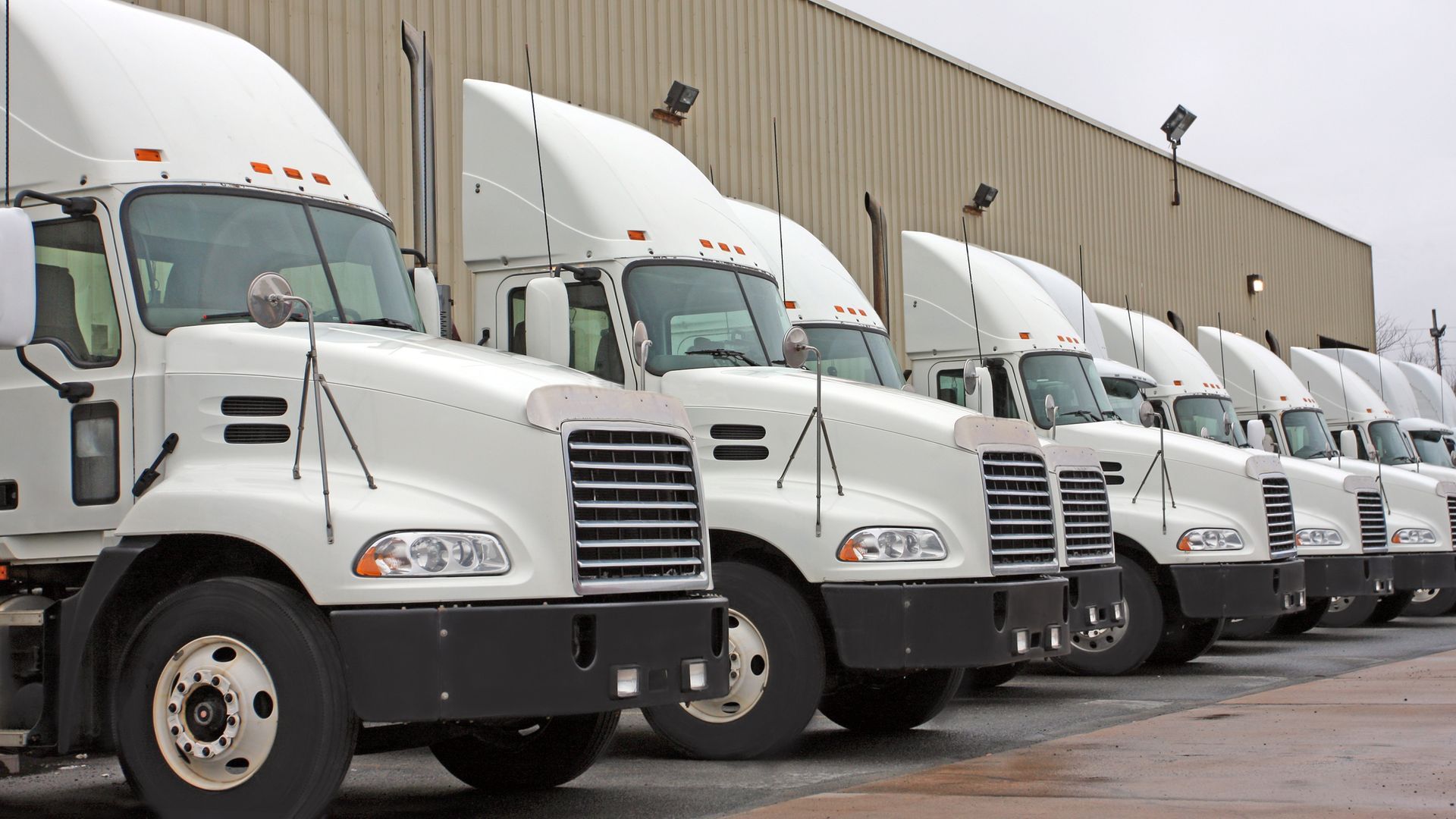Emerging Cyber Threats in Transportation: What Trucking Companies Need to Watch in 2025
The cybersecurity landscape in transportation continues to evolve at a dizzying pace. As we've explored in our previous posts, trucking companies face unique vulnerabilities that make them attractive targets for cybercriminals. Now, let's look ahead at emerging threats and how the industry can prepare to meet these challenges.
The Rise of AI-Powered Attacks
According to U.S. Secret Service Agent Clarke Skoby, speaking at the National Motor Freight Traffic Association's recent Digital Solutions Conference, artificial intelligence has become a double-edged sword in cybersecurity. While AI helps defend against attacks, cybercriminals are increasingly using it to make their attacks more sophisticated and harder to detect.
This new wave of AI-enhanced attacks poses particular challenges for the transportation sector. Criminals are using AI to craft more convincing phishing emails that appear to come from trusted industry partners, complete with accurate shipping terminology and company-specific details. They're also using AI to identify vulnerabilities in fleet management systems and ELD devices more quickly than ever before.
Supply Chain Attacks: The New Frontier
A disturbing trend has emerged in recent months: attackers are increasingly targeting transportation companies through their supply chain connections. The Q2 2023 Ransomware Report reveals that supply chain compromises now result in 11.8% higher costs than other types of breaches and take 37 days longer to identify and contain.
This trend played out dramatically when cybercriminals targeted a major fleet management software provider, affecting dozens of trucking companies simultaneously. The attack highlighted how vulnerable the industry has become to disruptions in their technology supply chain. When your operations depend on multiple software providers and partners, their security becomes your security.
Ransomware Evolves: From Encryption to Extraction
The nature of ransomware attacks has shifted significantly. Rather than simply encrypting data, attackers are now focusing on extracting sensitive information before deploying their ransomware. This "double extortion" technique puts trucking companies in an especially difficult position, as they must worry not only about operational disruption but also about the theft of sensitive customer data, route information, and proprietary business details.
Recent data from IBM Security shows that organizations that don't involve law enforcement in ransomware incidents face $470,000 in additional costs and experience a 33-day longer recovery period. Yet many companies still hesitate to report these incidents, fearing reputational damage or regulatory scrutiny.
The Mobile Threat Landscape
As trucking operations become increasingly mobile-dependent, attackers are following suit. The industry has seen a surge in attacks targeting mobile devices, particularly those used for fleet management and electronic logging. These attacks often exploit vulnerabilities in public Wi-Fi networks at truck stops or rest areas, or take advantage of rushed drivers who might be less careful about security when trying to meet tight schedules.
Preparing for Tomorrow's Threats
While these emerging threats may seem daunting, the transportation industry isn't defenseless. Forward-thinking companies are adopting several key strategies to stay ahead of evolving threats:
Proactive Threat Detection
Modern security tools can now detect potential threats before they become full-blown attacks. By monitoring system behaviors and identifying unusual patterns, companies can often stop attacks before they cause significant damage. This approach has proven particularly effective against new variants of ransomware and supply chain attacks.
Enhanced Supply Chain Security
Leading companies are implementing rigorous security assessments for all technology vendors and partners. They're also developing contingency plans for potential supply chain disruptions, ensuring they can maintain critical operations even if key systems are compromised.
Collaborative Defense
The transportation industry is learning that cybersecurity works best as a team sport. Companies are increasingly sharing threat intelligence and best practices through industry groups like the National Motor Freight Traffic Association. This collaboration helps the entire industry stay ahead of emerging threats.
Looking Ahead
The threat landscape will continue to evolve, but so will our defenses. The key is staying informed and proactive. As we move into 2025, the most successful companies will be those that treat cybersecurity not as an IT issue, but as a fundamental business priority.
Don't wait for these emerging threats to find their way to your operations. Schedule a complimentary cyber strategy session today to ensure your defenses are ready for tomorrow's challenges.
Fill out the form here to get started. Let's prepare your operations for the road ahead.
Stay tuned for our next post where we'll explore cost-effective cybersecurity strategies for trucking companies of all sizes.












